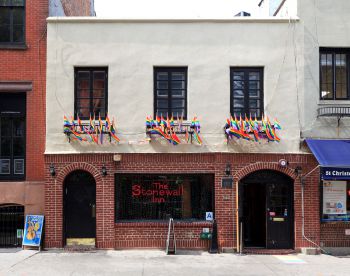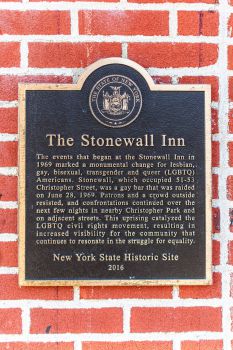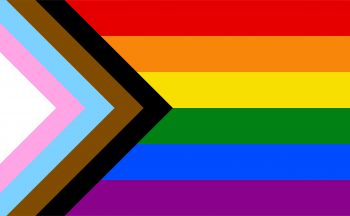Learn more about life at Sussex. For students, by students.
The Origins of Pride Month
By: James Horrocks
Last updated: Monday, 17 June 2024

Pride Month is the celebration of the LGBTQ+ community with a significant history behind it which should be understood. It allows us to recognise the struggles and sacrifices made by the LGBTQ+ community in the past in order to gain the rights that they have today, as well as appreciate the significance of pride. It can be traced back to the Stonewall riots in the USA in 1969 which preceded the first Pride March in 1970.

The Stonewall Riots
Stonewall Inn was a popular gay bar, somewhere where people felt accepted. However, on the morning of 28 June, the bar was raided by police, forcing over 200 people out of the bar, arresting 13 people, violating the bar and acting in a violent manner. This raid was the latest example of the constant discrimination faced by LGBTQ+ people and set off a riot involving hundreds of people. The Stonewall riots lasted several days and are known as the catalyst to what is now known as Pride Month.
The first Pride marches
The first country to recognise pride month was the United States by their president Bill Clinton who declared “the anniversary of [the] Stonewall [riots] every June in America as Gay and Lesbian Pride Month”. The first Pride marches, in 1970, were held in New York, Los Angeles and Chicago. The first time a pride march took place in the UK was on 1July 1972, in London, being the nearest Saturday to the anniversary of the Stonewall riots.
Marsha P. Johnson
Prominent figures include Marsha P. Johnson, a transgender woman who stood up to the police, leading riots and demanding rights. Her actions inspired many to join the cause. Along with her friend, she also founded STAR (Street Transvestite Action Revolutionaries) which was an organisation supporting homeless gay and transgender individuals. The “P” in her name stood for “Pay it no mind”- which was the phrase that was used in response to people making negative comments about the community.

The Pride flag
The Pride flag was made by Gilbert Baker, an American artist and designer and each of the colours has a symbolic meaning; pink for sex, red for life, orange for healing, yellow for sunlight, green for nature, turquoise for magic, indigo for serenity and violet for spirit. In 2018, Daniel Quasar (a non-binary American artist and designer) made modifications and designed the Progress Pride flag. This included an arrow including black, brown, pink, pale blue and white stripes in order to recognise marginalised people of colour (POC) in the LGBTQ+ community, the trans community and those living with HIV/AIDs.
Understanding the origins of Pride Month is crucial for appreciating its true meaning. It is important to recognise how hard the LGBTQ+ community have fought to be respected and accepted as well as how it is still an ongoing fight for equality. Together, we can work together towards a future where LGBTQ+ individuals feel accepted and celebrated for who they are.
Find out more about celebrating Pride at Sussex in Tugce's recent post.
Tugce studies Psychology with Neuroscience. She enjoys going for walks in nature and attending dog-walking society at uni.
